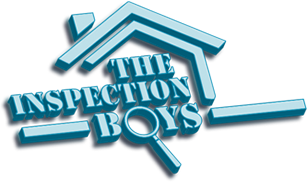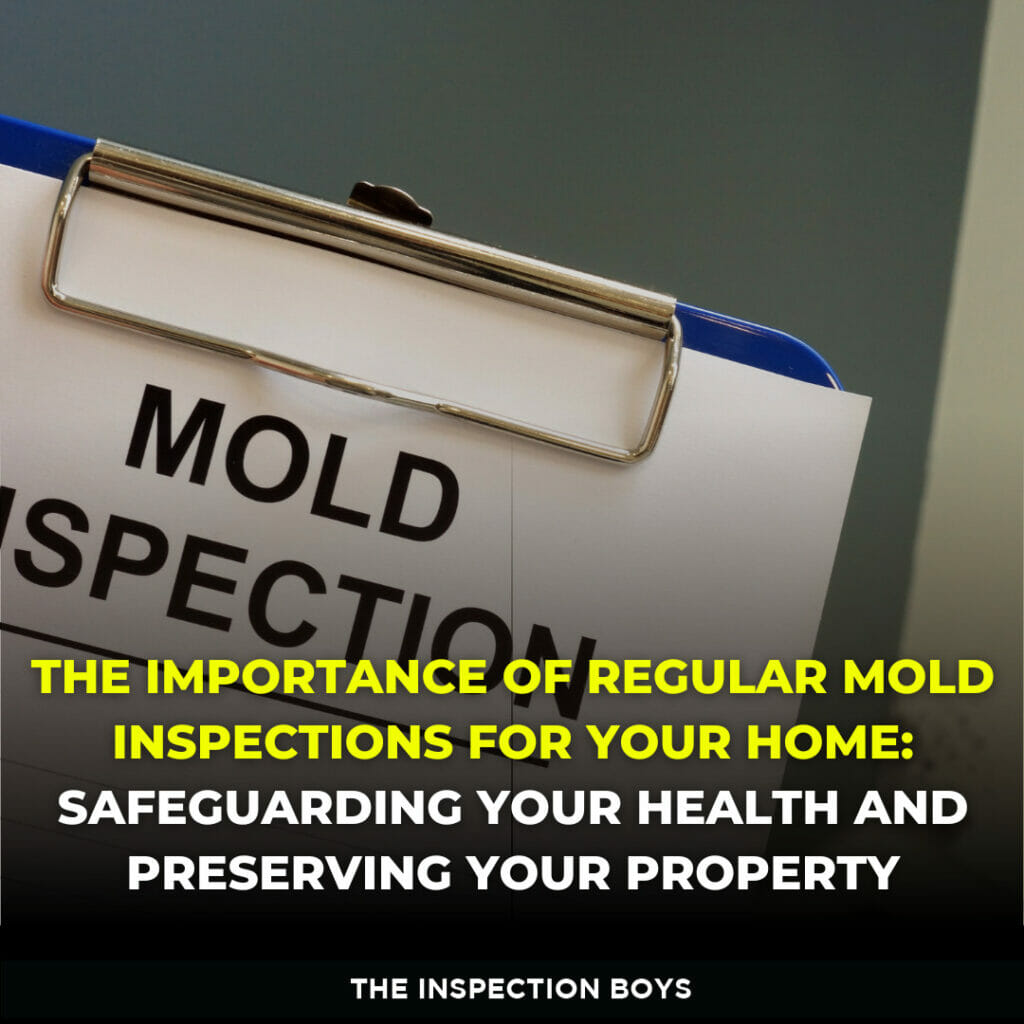Mold, a common problem in homes, poses potential health risks and can cause significant damage to your property. Despite its often inconspicuous nature, conducting regular mold inspections is crucial to ensure the safety, well-being, and value of your home. In this comprehensive article, we will delve into the signs that indicate a potential mold issue, shed light on the mold inspection process, and emphasize the importance of taking proactive measures to protect your health and preserve your property.
Signs of a Potential Mold Problem
Detecting the presence of mold in your home can be challenging, as it tends to hide in unseen places. However, there are certain signs that should raise concern and prompt a mold inspection:
The Sniff Test: While not all molds produce a distinct smell, some varieties emit a musty odor. If you consistently notice a lingering musty smell in your home, it could indicate the presence of mold. Identifying the source of the odor is crucial for assessing potential health risks and determining the need for further investigation.
Visual Clues: Mold can take on various colors, such as green, grey, brown, or black. It tends to appear on surfaces like walls, ceilings, and even materials such as wallpaper or drywall. If you observe any visible signs of mold-like growth, it is essential to have it thoroughly inspected by a professional to assess its extent and potential impact.
Water Damage Indicators: Mold often thrives in areas that have experienced water damage. Keep an eye out for bubbling paint or wallpaper, cracked or peeling paint, or any other visible signs of water damage. Even if the affected area appears dry, hidden mold may still be present behind it, making thorough inspection imperative.
Water Leaks: Active water leaks, especially in the presence of organic materials like insulation, wood, or drywall, create an ideal environment for mold growth. Addressing and promptly repairing any water leaks is crucial to prevent potential mold issues from developing or worsening.
Understanding the Mold Inspection Process
A professional mold inspection is a systematic and comprehensive assessment conducted by experts trained in mold detection and remediation. It involves the following key steps:
Visual Investigation: Certified inspectors conduct a meticulous examination of areas prone to mold growth, including hidden and hard-to-reach spaces often overlooked by homeowners. They may utilize specialized equipment and techniques to identify potential problem areas. Documentation through photographs may also be employed for further analysis and reference.
Mold Sampling: If mold is discovered during the visual investigation, inspectors collect samples using methods that minimize disturbance to prevent the release of mold spores into the air. These samples are carefully collected and sealed to maintain their integrity. The samples are then sent to a certified laboratory for analysis.
Laboratory Analysis: The collected mold samples undergo detailed analysis in a specialized laboratory. This analysis helps identify the specific type and concentration of mold present, enabling mold specialists to develop an appropriate and targeted remediation plan tailored to the unique characteristics of the mold species found.
Remediation and Cleanup: Once the type of mold is identified and the extent of the problem is determined, the appropriate cleanup and remediation procedures can be initiated. Depending on the severity of the mold growth, this may involve multiple visits and specialized treatments to effectively eliminate the mold and prevent its recurrence. The inspector can provide recommendations or help you find reputable mold remediation specialists if needed.
Taking Action with Regular Mold Inspections
Prioritizing regular mold inspections is essential for maintaining a healthy living environment and safeguarding your property. Whether you suspect mold growth in your current home or are considering purchasing a new property, scheduling professional mold inspections is highly recommended. Timely identification and addressing of mold issues are crucial to protect your family’s health, prevent potential damage to your home’s structure, and preserve the value of your property investment.
Key Takeaway
To schedule a mold inspection, contact a trusted and reputable inspection service. Many providers offer convenient online scheduling options, allowing you to take proactive steps toward ensuring a mold-free and safe living environment for you and your loved ones. By prioritizing mold inspections, you demonstrate a commitment to long-term health, well-being, and the preservation of your property’s value. Don’t delay—take action today and prioritize the health and integrity of your home through regular mold inspections.

